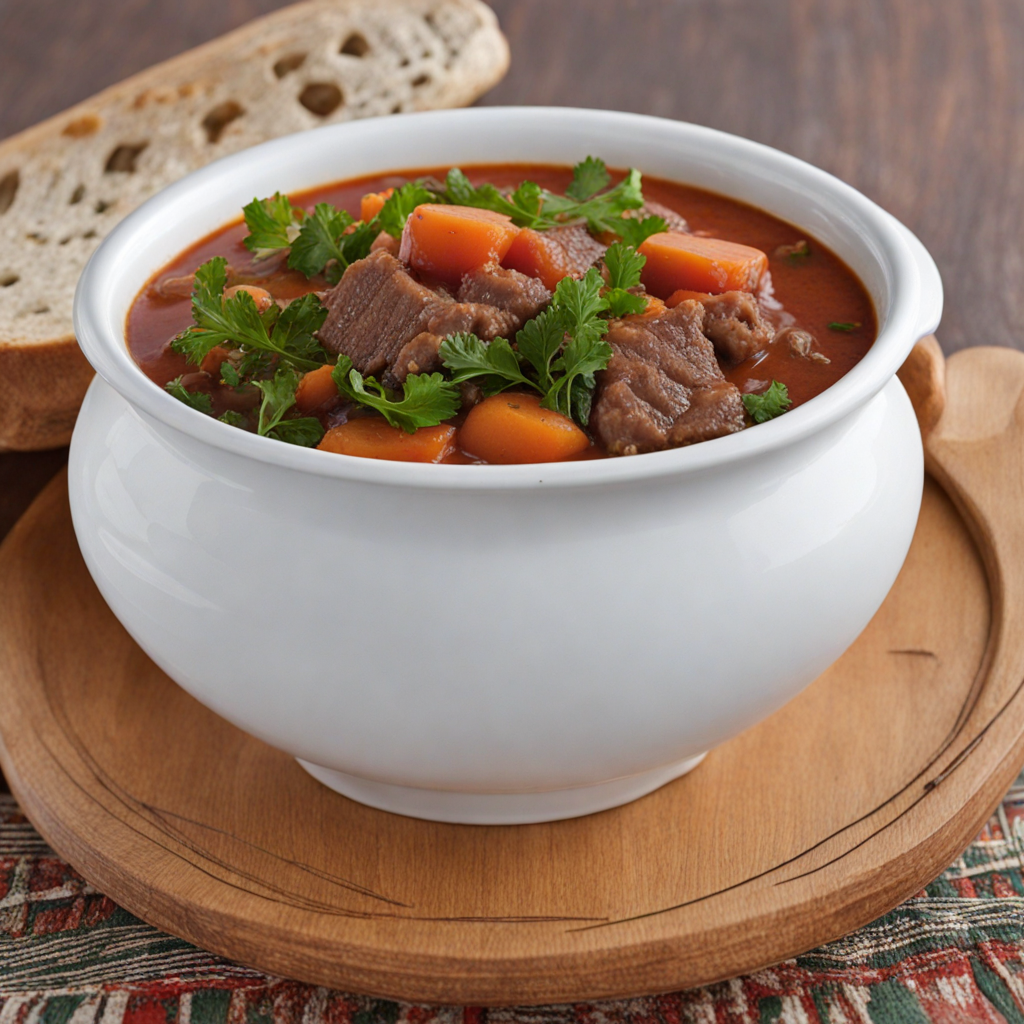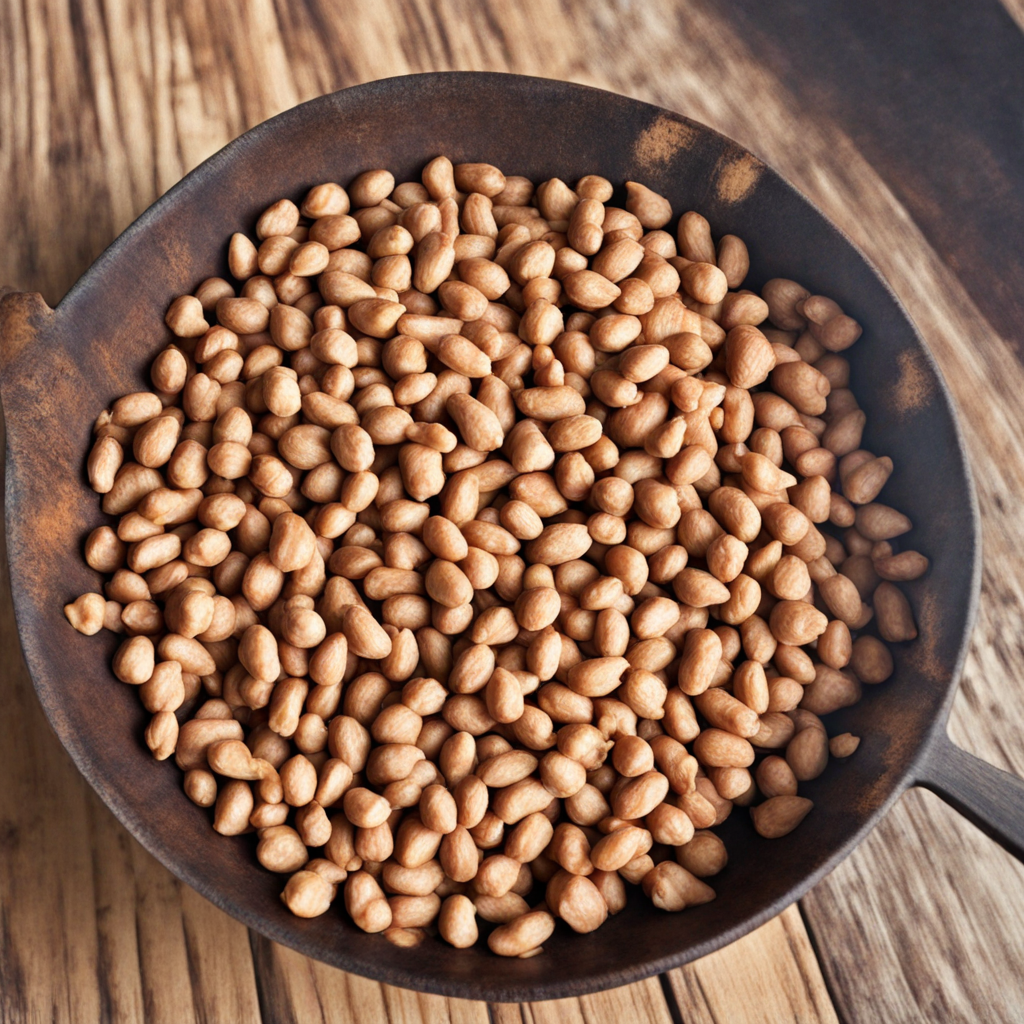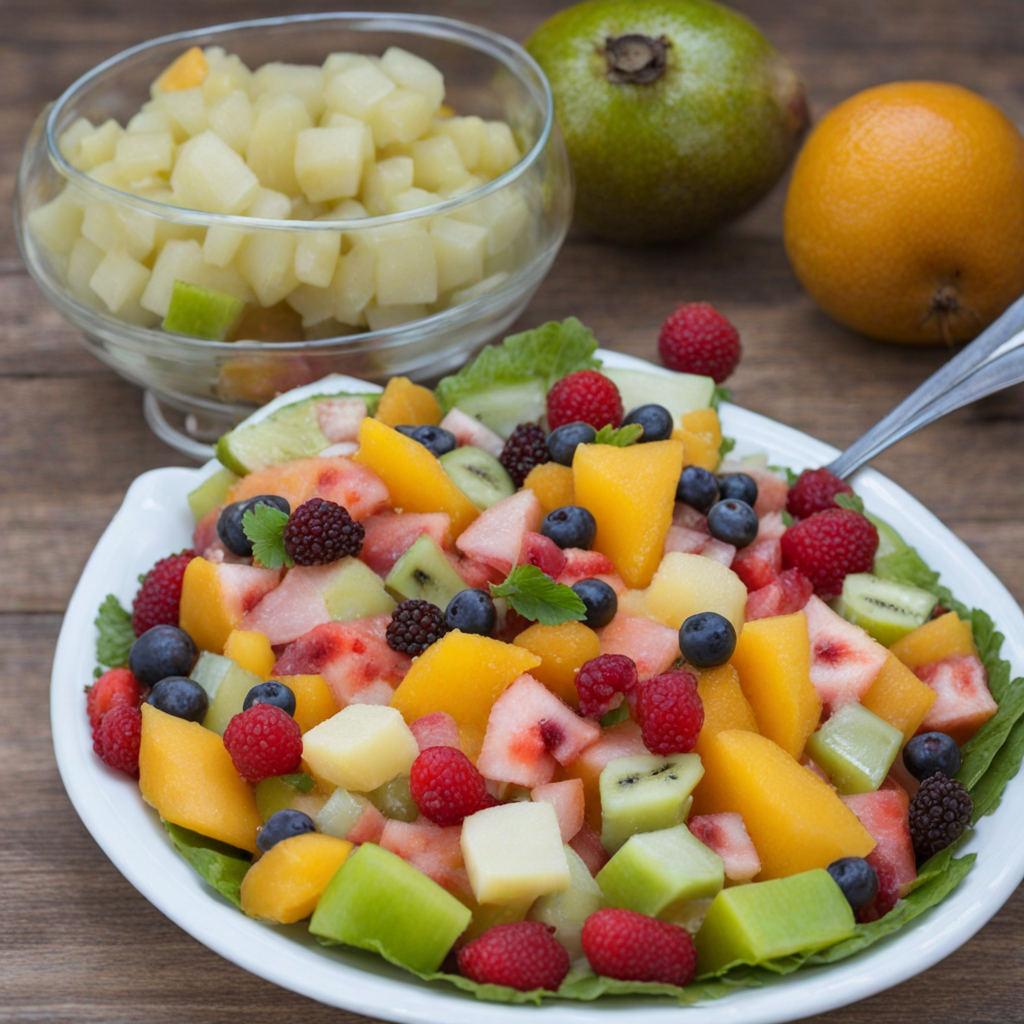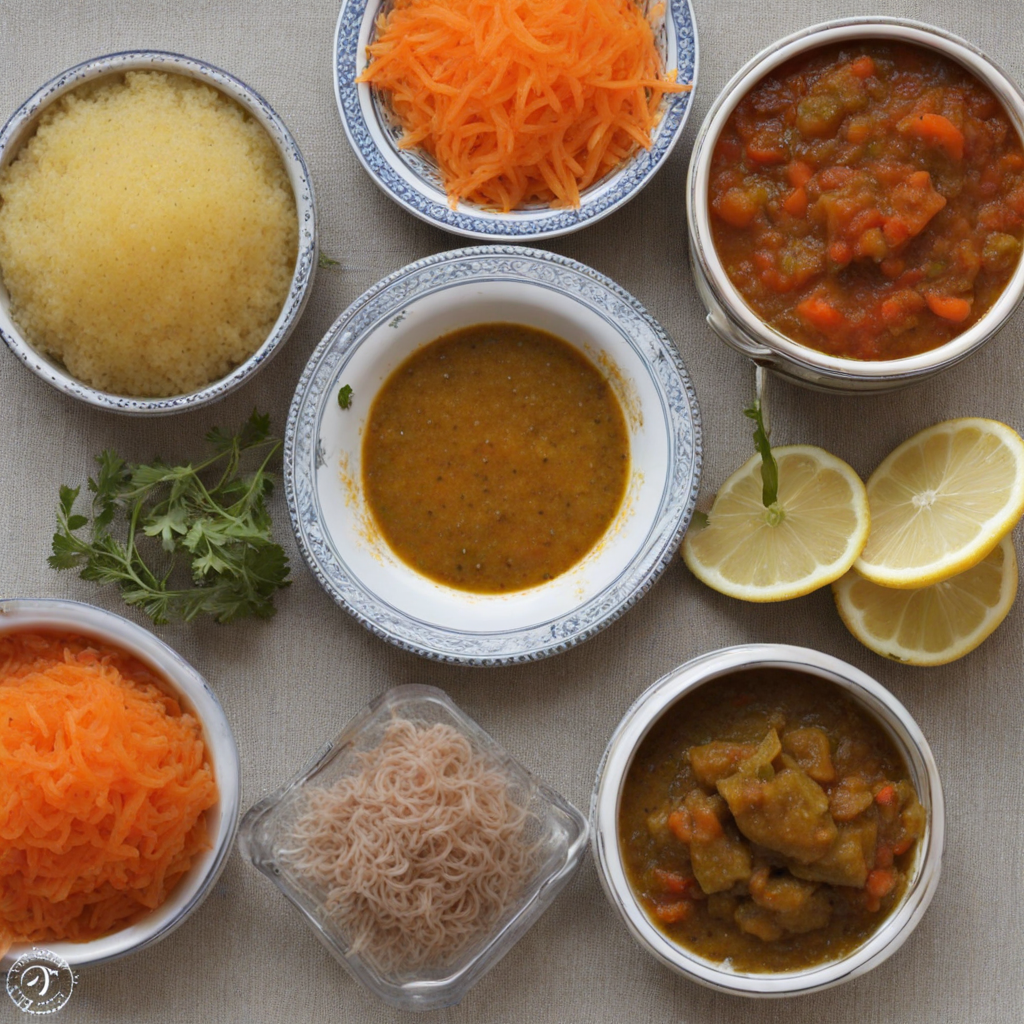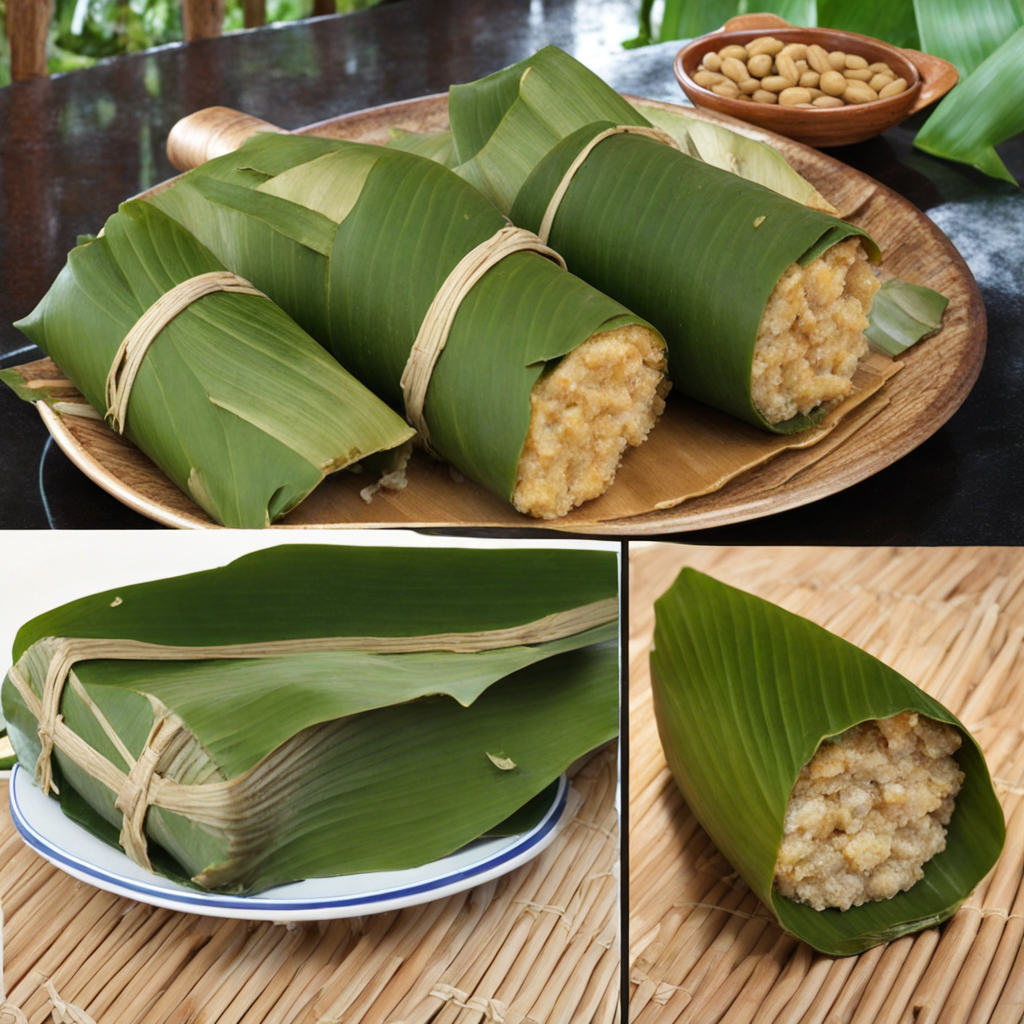Romazava
Romazava is a traditional Malagasy dish that embodies the heart and soul of Madagascar's culinary heritage. At its core, this stew is made from a medley of fresh, locally sourced ingredients, predominantly featuring zebu meat, which is a type of cattle native to the region. The zebu is usually cut into tender pieces and simmered slowly, allowing the flavors to meld beautifully. The dish is further enriched with a variety of greens, often including cassava leaves, which impart a deep, earthy flavor that complements the meat perfectly. The result is a comforting, hearty stew that showcases the island’s agricultural bounty. What sets Romazava apart from other stews is its unique seasoning, which typically includes garlic, ginger, and a mix of spices that evoke the island's vibrant culture. The addition of a local ingredient called “sakamalao” or Malagasy pepper leaves gives Romazava its characteristic aroma and a gentle heat that lingers on the palate. This dish is usually served with a side of rice, allowing diners to soak up the savory broth and enjoy the harmony of flavors in every bite. The tender meat and the rich, fragrant greens create a delightful experience that transports you straight to the heart of Madagascar. Romazava is more than just a meal; it is a symbol of togetherness and is often enjoyed during family gatherings or special occasions. The communal aspect of sharing a large pot of Romazava fosters a sense of connection amongst those who partake in it. Each spoonful not only delights the taste buds but also tells a story of the land and its people. For anyone looking to explore new culinary horizons, tasting Romazava offers a delicious glimpse into the rich traditions and flavors of Madagascar, making it a must-try for adventurous food lovers.
How It Became This Dish
Romazava: A Culinary Journey Through Madagascar Madagascar, the world’s fourth-largest island, is renowned for its unique biodiversity, rich cultural tapestry, and vibrant culinary traditions. Among the culinary gems of this island nation is Romazava, a dish deeply woven into the fabric of Malagasy culture, reflecting both its history and the diverse influences that have shaped its development over time. Origins of Romazava Romazava, often referred to as the national dish of Madagascar, is a stew characterized by its use of zebu meat, a type of humped cattle indigenous to Africa and particularly prevalent in Madagascar. The name "Romazava" derives from the Malagasy words "roa" (two) and "zava" (things), referring to the two main components of the dish: the meat and the greens, typically including leaves from the cassava plant or other local greens like mustard greens. The origins of Romazava can be traced back to the early inhabitants of Madagascar, believed to be Austronesian peoples who settled on the island around 2,000 years ago. Their culinary practices were influenced by their seafaring traditions, utilizing local ingredients and adapting to the island’s agricultural offerings. As Madagascar’s communities grew and diversified, the culinary landscape began to absorb influences from various cultures, including African, Arab, Indian, and European, which would later play a significant role in shaping Romazava. Cultural Significance Romazava holds a place of honor in Malagasy culture, not only as a staple dish but also as a symbol of hospitality and community. It is often served during family gatherings, celebrations, and important ceremonies, highlighting its role in fostering connections among people. The dish embodies the Malagasy concept of "fihavanana," which emphasizes relationships, harmony, and the importance of family ties. Traditionally, Romazava is made with fresh, locally sourced ingredients, showcasing the island's agricultural bounty. The preparation of Romazava is often a communal activity, where family members gather to cook together, reinforcing social bonds and shared traditions. The dish is usually accompanied by rice, which is a central component of the Malagasy diet, and it is not uncommon for meals to be served with a variety of spicy condiments, reflecting the island's rich culinary heritage. Ingredients and Preparation While the core ingredients of Romazava typically include zebu meat and leafy greens, the specific varieties can vary based on regional availability and personal preference. The meat is usually simmered until tender, combined with garlic, onions, ginger, and sometimes tomatoes, creating a rich, flavorful broth. The greens are added towards the end of the cooking process to retain their vibrant color and nutritional value. One unique aspect of Romazava is the addition of "ravitoto," a dish made from crushed cassava leaves. While not always included in every version of Romazava, ravitoto is often served alongside it or as a separate dish, highlighting the versatility of the ingredients and the interconnectedness of Malagasy cuisine. Evolution Over Time As Madagascar's society evolved, so too did Romazava. The colonial period, beginning in the late 19th century, brought significant changes to the island, including the introduction of new agricultural practices and ingredients. French colonial influence introduced new cooking methods and flavors, which were gradually incorporated into traditional Malagasy dishes, including Romazava. The blending of French culinary techniques with local ingredients further enriched the dish, creating a unique fusion that continues to be celebrated today. In contemporary Madagascar, Romazava remains a beloved dish, symbolizing national identity and pride. Its preparation has also adapted to modern influences, with some variations incorporating different meats, such as chicken or fish, as well as an array of spices and herbs. These adaptations reflect the ongoing evolution of Malagasy cuisine, which remains dynamic and responsive to both local and global trends. Romazava in Modern Madagascar Today, Romazava is not just a local dish; it has gained recognition beyond Madagascar's borders, showcasing the island's culinary heritage to the world. It is often featured in international food festivals and cultural events, where it serves as an ambassador of Malagasy cuisine. Furthermore, as the global interest in traditional and regional foods continues to grow, Romazava has found its way onto the menus of Malagasy restaurants around the world, allowing expatriates and food enthusiasts alike to experience the flavors of Madagascar. The dish also embodies the resilience of Malagasy culture in the face of globalization. While fast food and international cuisines have permeated urban centers, Romazava remains a cherished meal for many Malagasy people, often prepared during special occasions or family gatherings. This connection to heritage underscores the importance of preserving traditional culinary practices in a rapidly changing world. Conclusion Romazava is more than just a dish; it is a narrative of Madagascar’s history, culture, and identity. From its humble beginnings rooted in ancient agricultural practices to its evolution through colonial influences and its current status as a symbol of national pride, Romazava encapsulates the spirit of the Malagasy people. Its communal preparation and consumption reflect the values of family and togetherness, making it a vital part of Malagasy life. As we savor a bowl of Romazava, we partake in a rich tradition that spans generations, honoring the land, the people, and the culinary heritage of Madagascar. Whether enjoyed at a bustling family gathering or a quiet meal at home, Romazava continues to nourish not only the body but also the soul, reminding us of the power of food to connect us to our roots and to one another.
You may like
Discover local flavors from Madagascar



